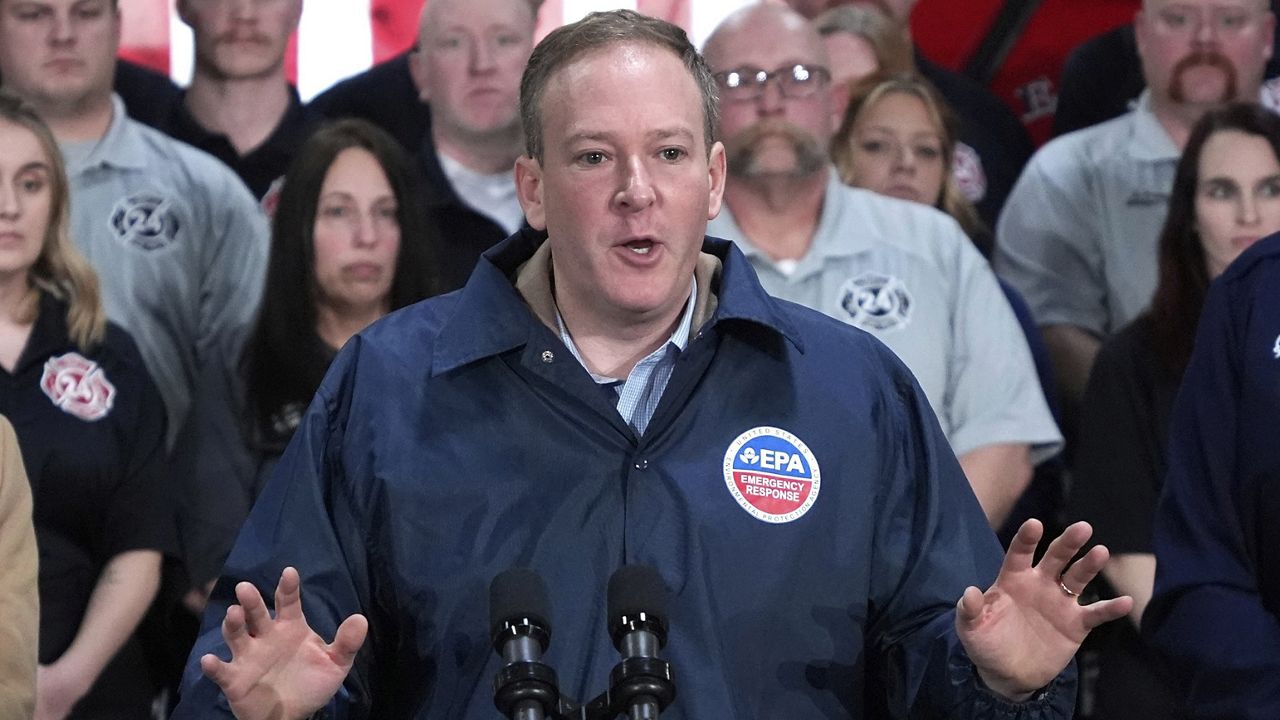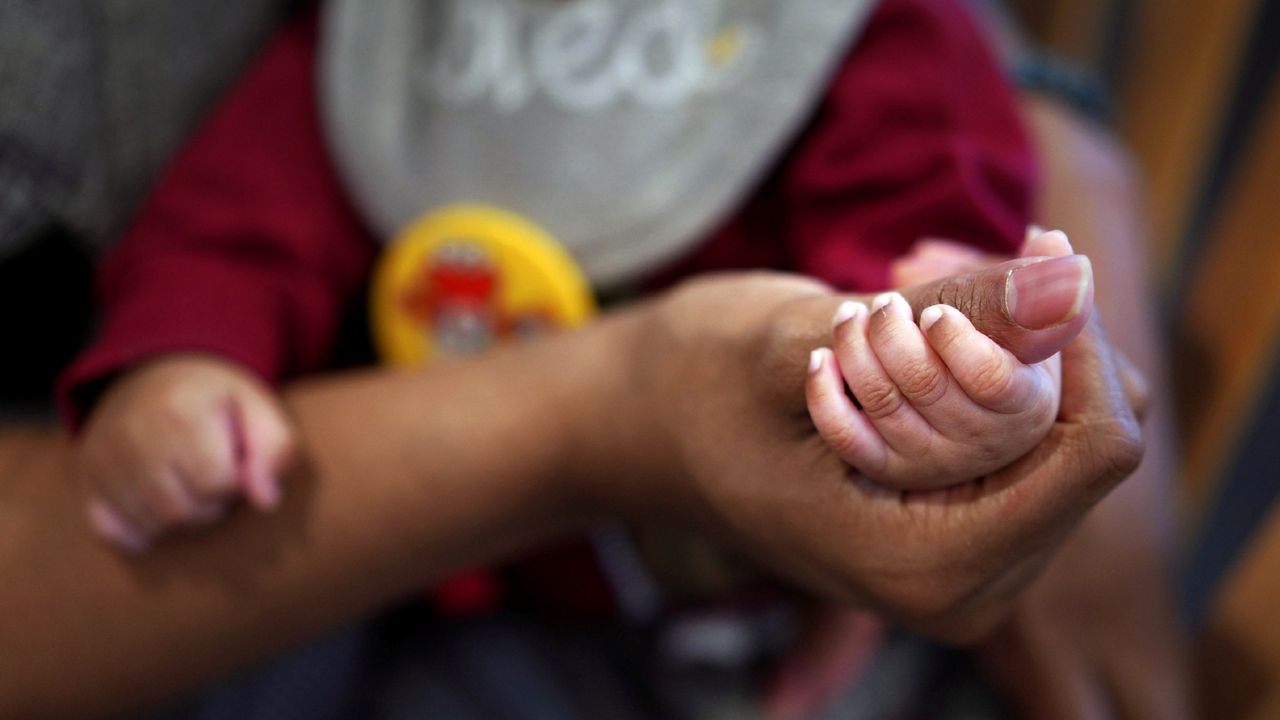As COVID-19 tore through New York last spring, officials watched as hospital beds quickly started to fill up.
Available hospital bed space and ventilators became daily data points shown on slides at Gov. Andrew Cuomo’s press briefings.
Cuomo admits that this fear that hospitals would be quickly flooded with patients drove many of his nursing home policy decisions, including the controversial March 25 order that allowed COVID positive patients to be accepted into nursing homes.
“Remember what was going on in March,” Cuomo said during a press briefing on Monday. “The experts were projecting that our problem and our critical need was hospital capacity…We were looking at up to 140,000 people hospitalized. We have less than 50,000 hospital beds. That is the calamity.”
Yet while this focus was centered on hospitals, advocates argue not enough time was spent on supporting nursing homes, an industry that has seen cuts in state funding for years.
Around 80 percent of New York’s nursing home resident care is paid for through Medicaid.
Stephen Hanse, president and CEO of the New York State Health Facilities Association, says the state has cut Medicaid reimbursements to these facilities for over 12 years in a row.
“The statewide average cost of providing around-the-clock nursing home care is $266,” Hanse explained. “However, the statewide average Medicaid reimbursement for 24-hour care is $211, resulting in nursing homes being reimbursed $8.79 per hour to care for our most vulnerable.”
Hanse continued, “I would argue that people pay their babysitters more to care for their children then the state pays for nursing home care for our most vulnerable in our communities.”
Health care advocates contend, however, that how this money is being used needs oversight.
Organizers for the country’s largest health care union, 1199SEIU, which represents 65,000 nursing home workers across the state, say they want a funding model that ensures the majority of money coming into facilities goes directly toward resident care.
“There are sometimes nursing home providers that are choosing profit over patient care,” Milly Silva, executive vice president of 1199SEIU United Healthcare Workers East, said. “And so if the state requires a minimum spend of at least 70 percent of those dollars be spent on the direct care staff at the facility and the direct care services that our seniors need, we believe that there will be an improvement in terms of how much time someone is receiving in terms of care at the bedside.”
State Assemblyman Richard Gottfried, chair of the Assembly Health Committee, says up until a few years ago, only about a third of nursing homes in the state were for-profit facilities.
“Now, about two-thirds of them in New York are for-profit,” Gottfried said. “So for an industry that complains they are being underfunded, the for-profit folks have been gobbling up nursing homes as fast as they can.”
Gottfried said he will be introducing a bill in the coming weeks that would establish a resident care ratio, mandating that a certain percentage of funding coming into these facilities is invested back into staff and residents.
“Melissa DeRosa, the governor’s chief of staff, said quite candidly that a lot of nursing homes have been getting away with a lot for a long time,” Gottfried explained. “I think anyone familiar with the nursing home industry who was being straightforward, would have said that and would have been saying that for years and years.”
Lawmakers are also discussing potentially increasing fines for facilities that are found to not be supplying the proper amount of personal protective equipment, or for other violations.
The state did not revoke any nursing home facility licenses during the pandemic, but it has conducted 2,358 infection control surveys of these facilities.
During this time, the state has issued 193 violations.
The highest fine amount that can be issued for any violation is $10,000.
The governor’s chief advisor, Richard Azzopardi, said, “Legislators seemed to agree with us that the fines were too low and new actions are needed to further protect patients in these facilities, and there was a commitment to further discuss these vital changes.”









